submitted by Samuel Bendett
Homeland Security News Wire - March 13, 2012
Before 11 March 2011, Japan was held up as a paragon for preparedness; they had a national readiness plan, regular disaster drills, and strong civic engagement; the Fukushima disaster exposed a disturbing reality: search and rescue efforts were delayed, shelters ill-equipped, and supply chains broken; worst of all, there was confusion about who was managing the nuclear accident — the power company TEPCO or the Japanese government; information, when forthcoming, was sometimes contradictory
Sunday marked the 1-year anniversary of the Fukushima disaster, and experts at the Mailman School of Public Health at Columbia University took stock of disaster response, nuclear fears, and lessons learned.
Before 11 March 2011, Japan was held up as a paragon for preparedness. They had a national readiness plan, regular disaster drills, and strong civic engagement. In the face of an unprecedented 9.0 earthquake, massive tsunami, and a nuclear accident at the Fukushima-Daiichi power plant, however, the country experienced a host of challenges — many that continue to be felt.

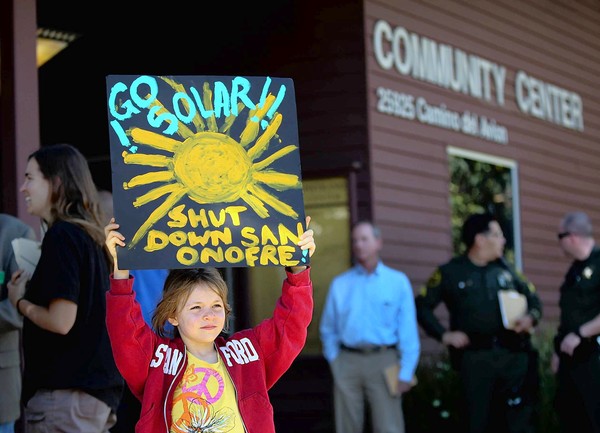


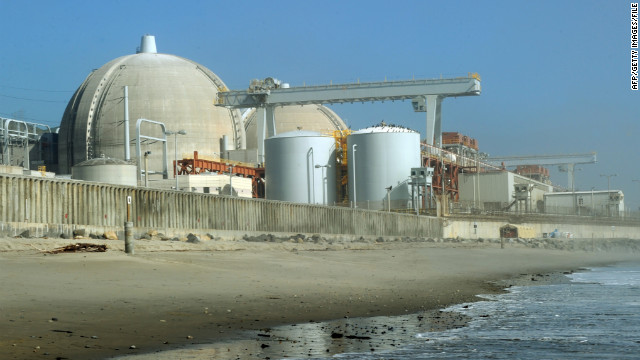
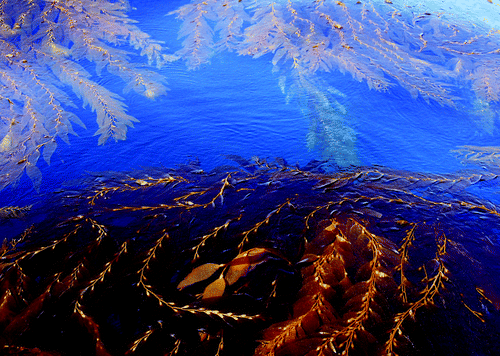
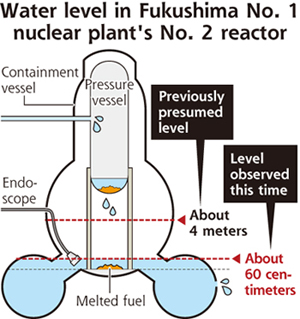 yomiuri.co.jp - March 28, 2012
yomiuri.co.jp - March 28, 2012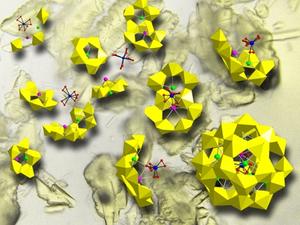


Recent Comments